Are you going to continental Greece? Don’t miss visiting the Acropolis of Athens: this is our mini tour guide!
It appears on all the pictures of trips to Athens, one has the image at every evocation of Greece: the Acropolis of Athens immediately evokes the ruins of Parthenon , proudly over the neighborhoods of the modern Greek capital. But the Acropolis of Athens is much more than a pile of ruins of the ancient times: it is a high rocky plateau at 156 meters of altitude, spread over 300 meters of length for 85 meters of dock, on a total area of 3 hectares. This rock on which many historical monuments of Greek antiquity are inherited, is one of the most visited tourist sites in the world, registered with UNESCO’s world heritage.
Are you visiting the Acropolis of Athens? These remnants of an invaluable value, which have resisted both well and bad weather, earthquakes, looting, greed and destructive inclinations of men, offer a unique visit through the corridors of Time to all history lovers. Here is our mini guide to visit the Acropolis of Athens.
- Visit the Acropolis Museum in Athens: tickets, prices, schedules
- The 15 things to do in Athens
Tickets, Rates, Schedules
Our 4 ways to visit the Acropolis :
- attention to availability
Book a combined ticket :
- Recommended
L’avis de la rédaction
“The ticket including the visit of the Acropolis and 6 other archaeological sites is the safe value for a first stay in Athens! »
Acropolis times
- 🕛 Monuments of the Acropolis in Athens are open to the public every day, from 8 a.m. to 5 p.m. Attention, the monument closes at 3 p.m. certain holidays.
Getting to the Acropolis
📍 To get to the Acropolis, you have several options:
On foot : Acropolis is a 15-minute walk from Syntagma Square.
By metro : By metro, stop at the "Acropoli" station on line 2, the red line.
By bus : with lines 1, 5, 15, 040, 230.
You will find more details about this at the end of the article.
The Acropolis of Athens: presentation and history
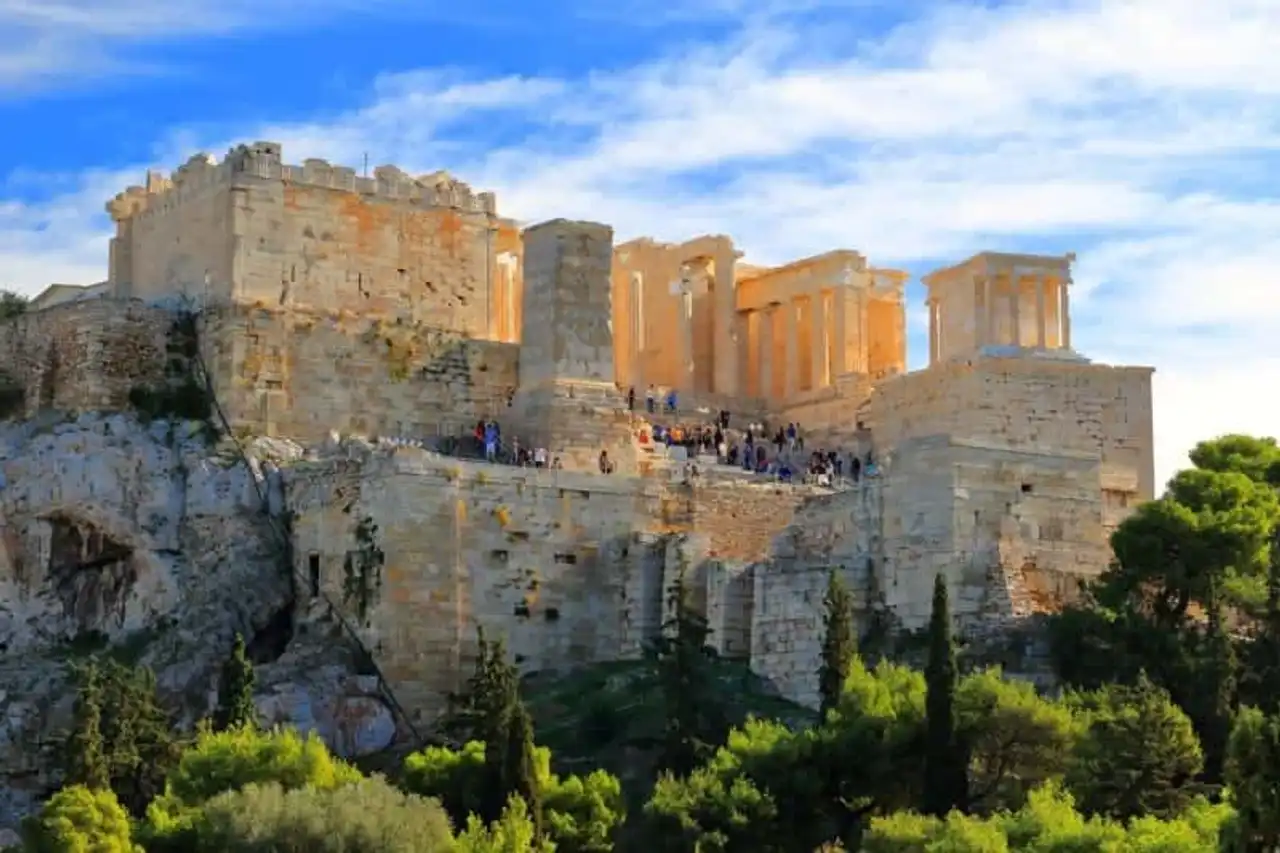
The Acropolis of Athens plunges us into the 5th century BC. Follow-up to Medic wars carried out against the Persian Empire, the Athenians were forced to abandon their city, and the army took advantage of it to escape the city during their exile. The Acropolis of Athens, at the beginning of the 5th century before our era, consists of an old temple – dedicated to the protective goddess of the city, Athena - at the foot of which the Greeks organized ritual processions called "Great Panathenes".
Following the bagging of the fortifications by King Persia Xerxes I (-519;-475), the Athenians undertook to rebuild Old Temple. Greek cities, still threatened by the Persian Empire, join forces to create the League of Delos within which Athens is enriched by imposing a tax to ensure the protection of the neighbouring cities, including Sparte.
The war against the Persians ends in -449, the war against the Persians Sparte in -446: it is the golden age of Athens, when peace allowed it to dominate ancient Greece in the field of arts, architecture, culture and philosophy. Socrates, Plato, Thucydide, Sophocle or Euripide lived in this time of tediousness. The Acropolis of Athens becomes the centre for the exercise of Athenian democracy, where citizens came to the Acropolis to debate and vote, except for women, patrons, poor, merchants, artisans and slaves.
The Parthenon became the symbol of Athenian power, under the impulse of Périclès (-494;-429). Over the centuries, the monuments of the Acropolis of Athens endured the imprints of the successive empires (Alexandre the Great, Roman Empire, Christianity, Byzantine Empire, Ottoman Empire, Venetians): in 1687, the Venetian troops massively bombed the Parthenon – during the siege of Athens, the Turks stored their reserves of gunpowder and sent women and children in The Parthenon became a church (6th century), a mosque (15th century) before becoming in the 20th century, an archaeological and tourist site, after more than 2000 years of looting. It is nevertheless one of the most reproduced monuments in the world, to the Supreme Court of United States .
What to see and do at the Acropolis of Athens?
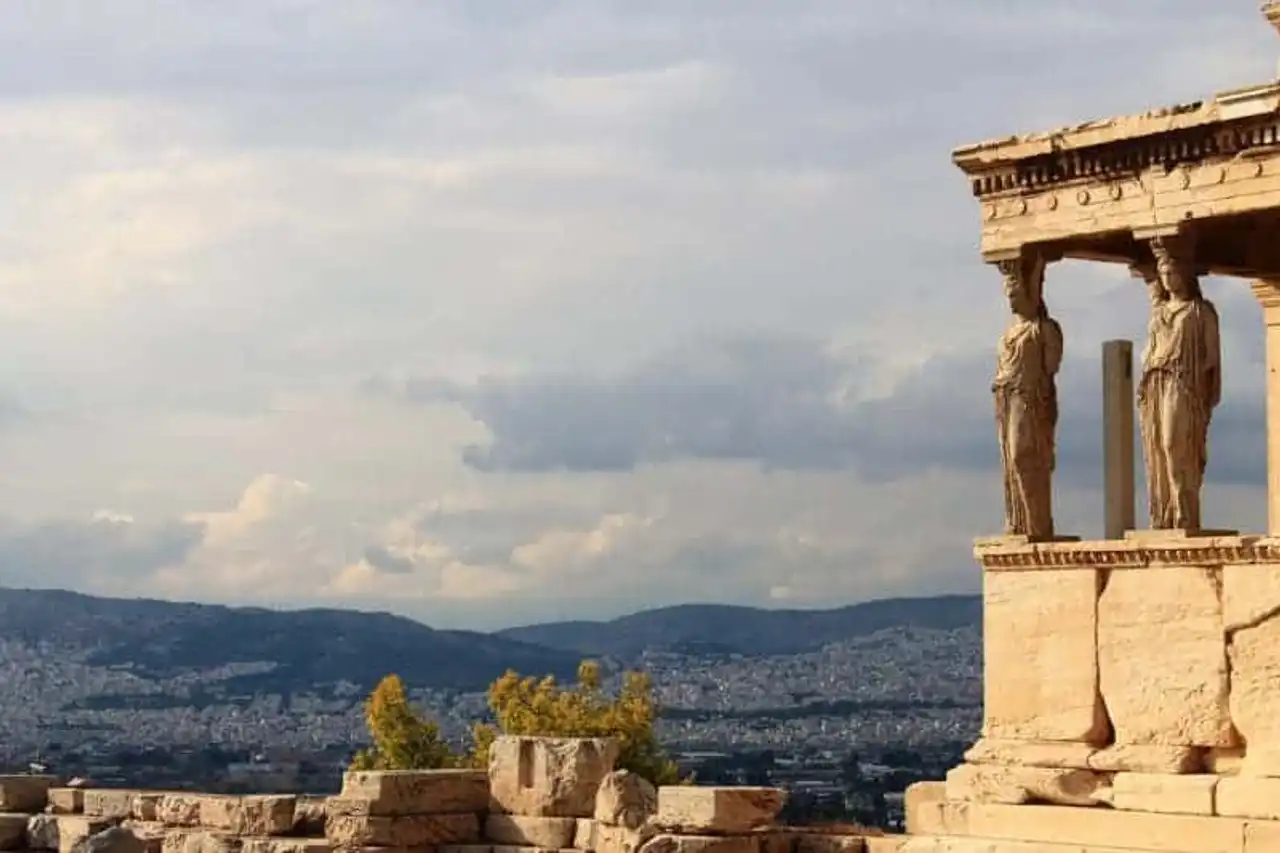
Visiting the Acropolis of Athens allows you to see many historical monuments:
- The Propyes, the "entrance door" of the sanctuary
- The time of Athena Nikè
- The Erechteion
- The Parthenon
- The theatre of Dionysos
Visiting the Acropolis of Athens also allows to see some ruins almost completely destroyed or whose state of decay is advanced:
- Herod Atticus Odeon
- The sanctuary of Asclépios
- The Odeon of Périclès
- Themistocle wall
- The temple of Rome and Augustus
- The statue of Athena Promachos
If you visit the Acropolis of Athens, you will start with the Propy , the entrance of the site by the steep slope and stairs (restauration in progress). Continue by the Parthenon, built between 447 and 432 BC (the oldest monument of the site). Then go to the temple of Athena, and finish by the Erechtéion , with his statues of Caryatides . Spend a moment of meditation on the Agora, to imagine how to debate the laws.
Don’t miss the Hephase , temple dedicated to Hephaestos, the best preserved ancient monument of the city. On the southeast side of the Acropolis in Athens, the theatre of Dionysos , the birthplace of the Greek tragedy, is to be seen. At the foot of the plateau, visit the Acropolis Museum. Philopappos hill allows you to immortalize in photo a superb view of the Acropolis.
How to visit the Acropolis of Athens?
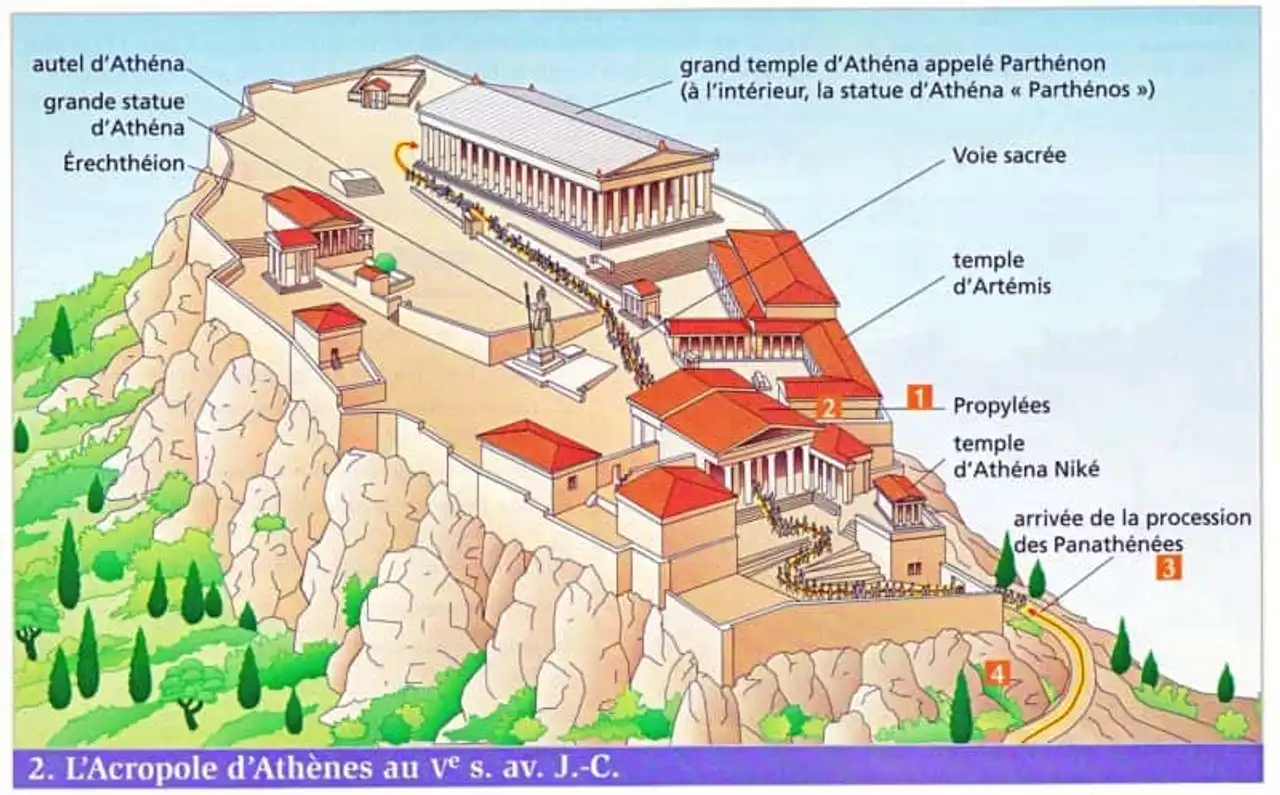
Photo credit: Pepette en vadrouille
Visiting the Acropolis of Athens requires to prepare its coming well, especially by visiting the main information about the site. So we list you some important points:
- Your visit will last at least 2 hours especially if you want to fully enjoy the place! - The best time to visit The Acropolis of Athens is to go there early in the morning (you will not only avoid the crowd but also the high temperatures during the summer months) or to arrive at the end of the afternoon, shortly before the closure. - Concerning accessibility , there are toilets for people with reduced mobility, lift and lift (max 160 kg). - ♪ Animals are not accepted on the website - Visitors will only be allowed to enter the archaeological site with small ones backpacks and handbags .
To visit the Acropolis in Athens, you can benefit from a guide in order to know everything on the site, on the context in which monuments were built, on the history of Athens, Greek mythology, evolutions along the lines of history. A guided tour with a French guide is possible: French archaeologists work on the site on a permanent basis, and have the heart to inform tourists.
For example, you will discover that the doric columns of the Parthenon are not straight and straight, but convexes. Also, its lines that cut at right angles are not straight, but incurved: this is evidence of the civil engineering of Greek architects, who had understood the laws of optics and geometry, as well as the interpretation capabilities of the human brain. We will also discover how the Greeks were able to assemble the marble blocks, immense and heavy, to form columns and drums that would stay standing or almost for nearly 2500 years.
Of course, the autonomous visit is possible, but you will certainly discover less.
How to get to the Acropolis of Athens?
- On foot: If you stay in AthensYou can easily get to the rock: the Acropolis in Athens is a 15-minute walk from Syntagma Square.
- By metro: By metro, stop at the "Acropoli" station on line 2, the red line. Go to Dionysiou Areopagitou Street to find the main entrance to the site. But this entry promises to be jumped at any time of the day. Know that there is a way to enter the site, by the theatre of Dionysos, a much less frequented entrance.
- By bus: With lines 1, 5, 15, 040, 230
Athens Acropolis rates
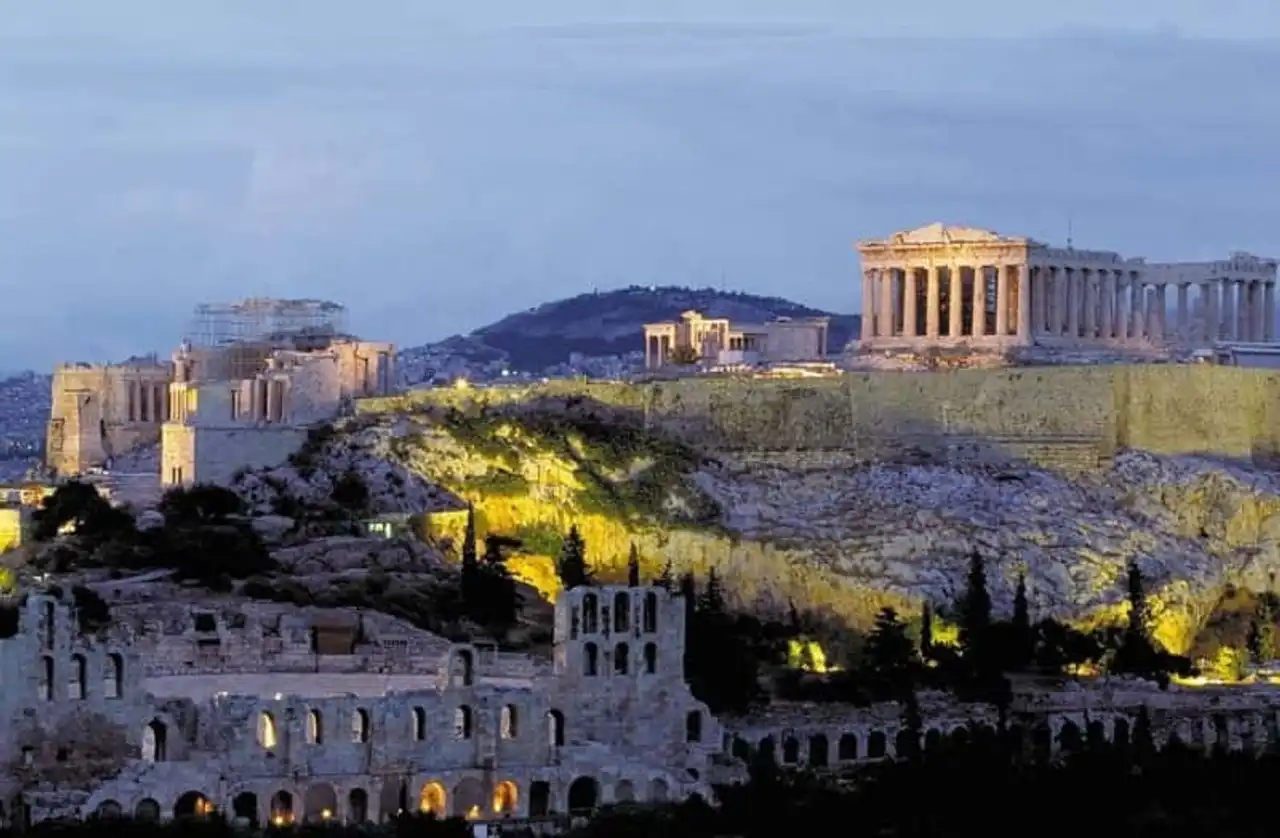
RATES
Two solutions are possible to buy a ticket: on-site, at the ticket office (but be careful with the queue!), or online. Reserving a cup-daughter ticket .
The rates are:
- Single ticket full price: € 20 in summer (April 1 to October 31) and € 10 in winter (November 1 to March 31)
- Single ticket reduced price : 10 €
- Full-rate combined ticket (entrances for the Acropolis, the Old Agora, Keiramikos, the bookstore of Hadrian, the Roman Agora, the Olympion and the bookstore of Aristotle): 30 €
- Reduced combined ticket : 15 €
Good to know. : - The reduced rates are for students not from a EU member country and for people from the EU, aged over 65. - Admission is free for persons under the age of 18 and for students from a member country of the European Union (EU). - Admission to the Acropolis is free on the first Sunday of each month from November 1st to March 31st, October 28th, April 18th, May 18th, March 6th and the last weekend of September.
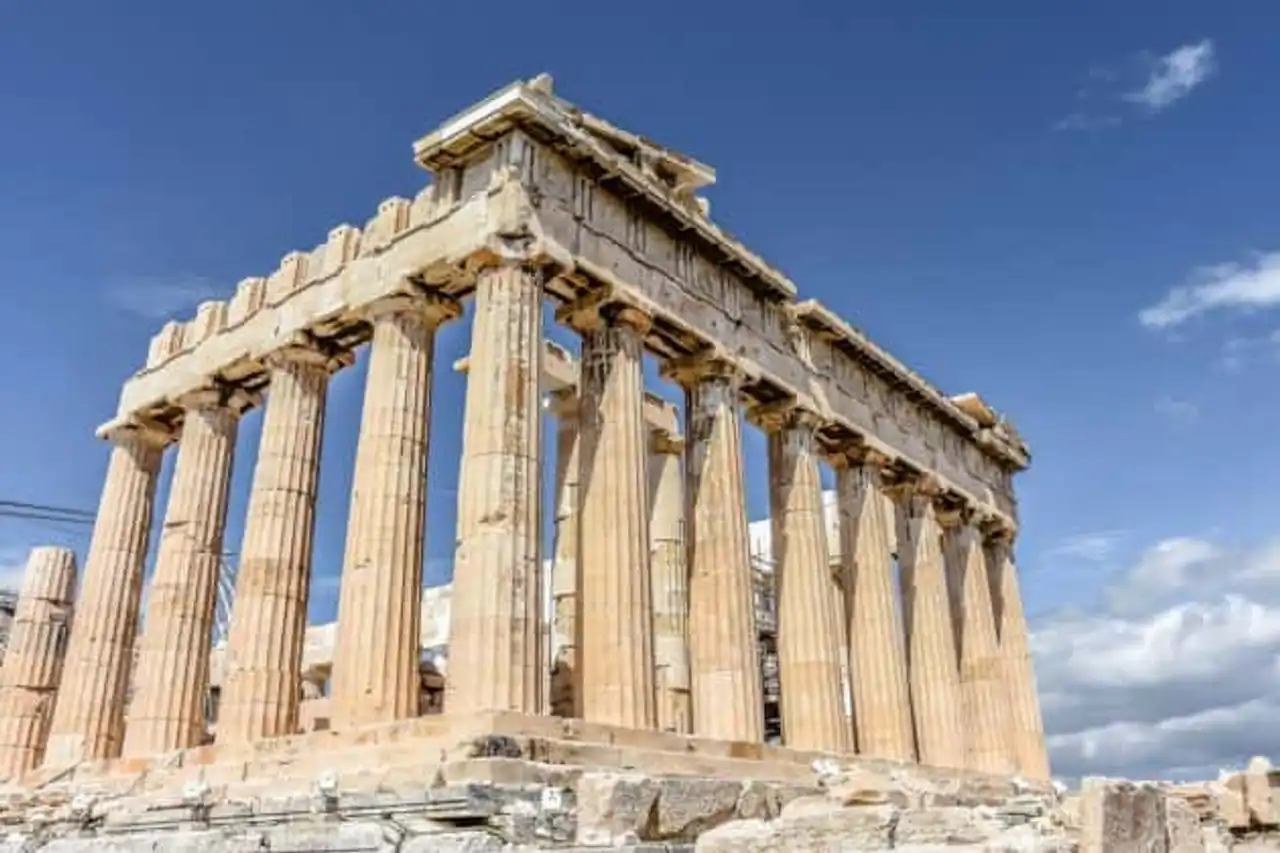




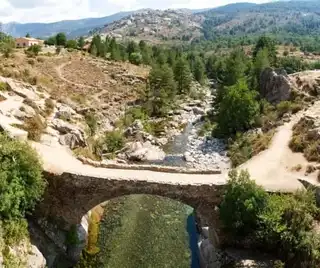


Loading comments ...